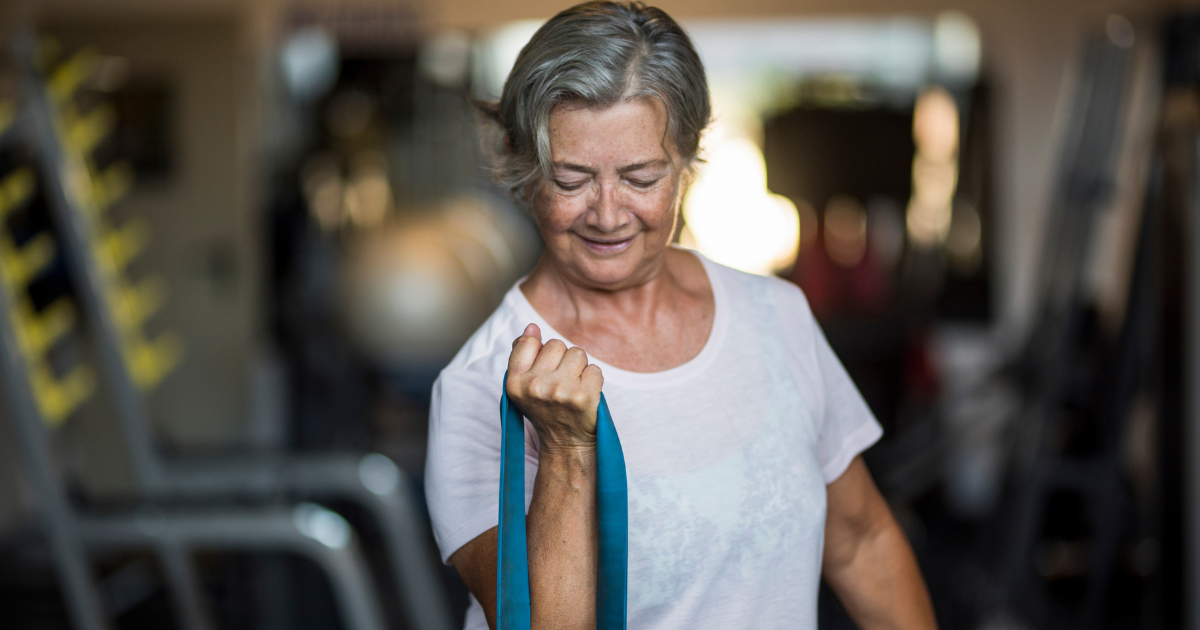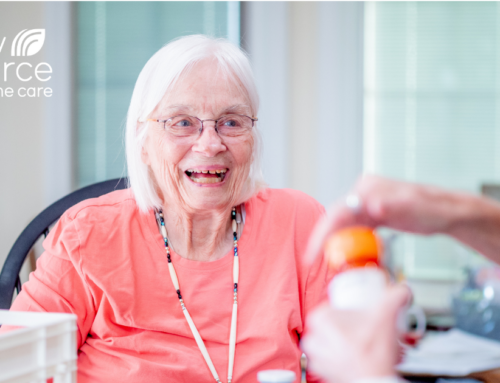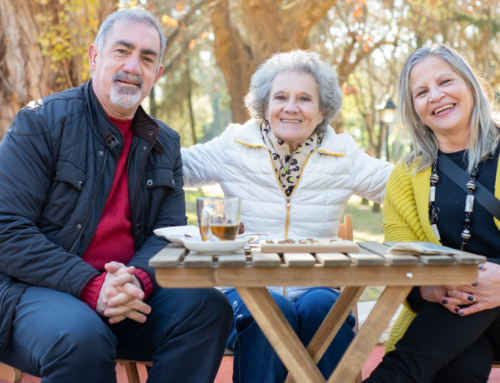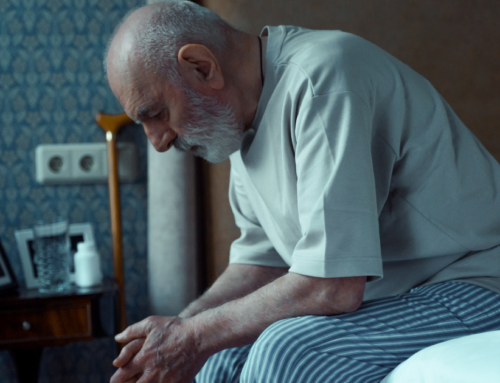As we age, maintaining cognitive function becomes increasingly important for a fulfilling and independent life. Recent studies have highlighted the significant benefits of mild exercise in preserving and enhancing cognitive abilities among the elderly. For seniors facing cognitive challenges, incorporating regular mild exercises into their daily routine can yield remarkable improvements in memory, attention, and overall brain health. For caregivers, understanding the impact of exercise and knowing how to facilitate these activities can significantly contribute to the well-being of their loved ones.
The Power of Mild Exercise on Cognitive Function
Mild exercises encompass a wide range of physical activities that are gentle, low-impact, and easily adaptable to varying fitness levels. These exercises not only promote physical health but also play a crucial role in boosting cognitive function among older adults. Activities such as walking, stretching, tai chi, yoga, and even gardening have been shown to have positive effects on brain health.
Research has consistently demonstrated that regular physical activity can stimulate the release of chemicals in the brain that promote neuronal growth, protect brain cells, and improve overall brain function. Furthermore, exercises that involve coordination and balance, like tai chi or yoga, can enhance cognitive abilities by engaging multiple areas of the brain simultaneously.
Incorporating Mild Exercises into Daily Life
For caregivers, integrating mild exercises into the daily routine of elderly individuals doesn’t have to be overwhelming. Simple yet effective activities can be seamlessly integrated into their schedule, making the process enjoyable and manageable. Let’s look at what activities you could do in each season to get in that mild exercise!
Spring
- Walking or Hiking: Explore local parks, nature trails, or botanical gardens to enjoy the fresh blooms and mild weather.
- Gardening: Planting flowers, light digging, weeding, or watering plants can provide gentle exercise while enjoying the outdoors.
- Yoga in the Park: Many communities offer outdoor yoga classes during the spring season, providing an opportunity to stretch and relax surrounded by nature.
- Biking: Ride a bike around the neighborhood or on designated bike trails to enjoy the pleasant spring weather.
- Tai Chi: Join a Tai Chi group in a local park or follow instructional videos outdoors to improve balance and flexibility.
Summer:
- Swimming: Take advantage of warm weather by swimming at a local pool or in natural bodies of water if safe and accessible.
- Water Aerobics: Participate in water aerobics classes or perform gentle exercises in the pool to cool off while staying active.
- Outdoor Sports: Engage in low-impact sports like golf, lawn bowling, or leisurely tennis matches during cooler parts of the day.
- Evening Walks: Take leisurely walks in the evening when temperatures are cooler to enjoy the summer breeze.
- Paddleboarding or Kayaking: If near a body of water, consider activities like paddleboarding or kayaking for both relaxation and exercise.
Fall:
- Leaf Raking: Raking leaves can be an excellent way to engage muscles and enjoy the crisp fall weather.
- Apple or Pumpkin Picking: Activities like picking apples or pumpkins at orchards or farms involve walking and light lifting.
- Outdoor Yoga or Pilates: Continue outdoor yoga sessions in parks or opt for Pilates classes to maintain flexibility and strength.
- Nature Photography Walks: Combine walking with the artistic pursuit of capturing the beauty of fall foliage through photography.
- Dancing Classes: Enroll in dance classes, such as ballroom or salsa, to stay active indoors while the weather cools down.
Winter
- Indoor Swimming: If available, use indoor swimming facilities to continue water-based exercises.
- Mall Walking: Many shopping malls open early for walkers, providing a climate-controlled environment for exercise during cold weather.
- Chair Exercises: Perform seated exercises or gentle stretches at home to maintain flexibility and muscle strength.
- Tai Chi or Yoga Classes: Join indoor classes for Tai Chi or yoga to continue improving balance and flexibility.
- Dance Fitness Videos: Utilize dance-based fitness videos at home to stay active and warm during the winter months.
Caregiver’s Role in Facilitating Exercise
As a caregiver, understanding the specific needs and limitations of the elderly individual is crucial when introducing exercises. Here are some ways caregivers can effectively facilitate mild exercises:
- Understanding Preferences: Respect the preferences and comfort levels of the elderly person when suggesting exercise activities. Tailor activities to their interests to increase engagement and motivation.
- Setting Realistic Goals: Establish achievable goals and gradually progress as fitness levels improve. Celebrate small milestones to encourage continued participation.
- Providing Support and Encouragement: Offer support and positive reinforcement during exercise sessions. Encouragement and a supportive environment can significantly enhance the individual’s motivation.
- Safety First: Prioritize safety by ensuring the exercise environment is hazard-free. Use assistive devices or modify exercises as necessary to prevent injuries.
- Consistency is Key: Establish a consistent exercise routine. Regularity is vital for reaping the cognitive benefits of mild exercise.
By integrating these activities into daily life, caregivers can make exercising seem less like a chore and more like an enjoyable part of the routine. Additionally, the social interaction and emotional support that caregivers provide during these activities contribute significantly to the overall well-being of the elderly.
Conclusion
Mild exercise plays a pivotal role in preserving and improving cognitive function among the elderly. Caregivers serve as invaluable facilitators in incorporating these activities into daily life, making them both accessible and enjoyable. It’s essential to recognize the significance of exercise, especially during the winter months in locations near Spokane/North Idaho, where accessing outdoor activities may be challenging. As a support system with more than 30 locations spread across Washington, Oregon, and Idaho, including our Spokane Valley branch, we’re here to assist and empower caregivers in aiding the elderly. Through a concerted effort in understanding and actively engaging in these exercises, caregivers can profoundly impact the cognitive health and overall quality of life of their elderly loved ones.
Sources:






